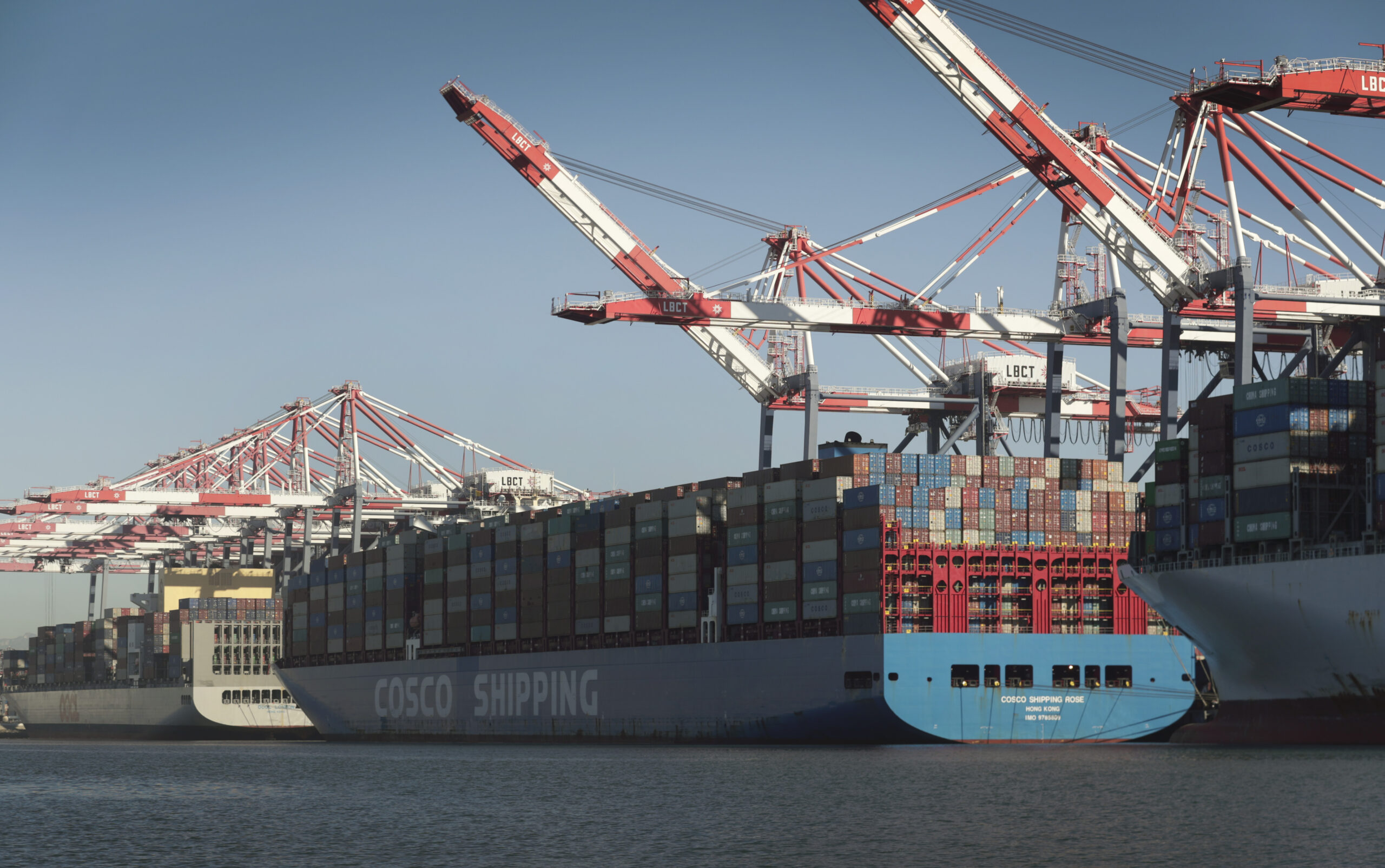
In a scenario that the KGB could only dream of, the once concrete foundations of the free world are crumbling under the weight of widespread tariffs. The heralding of ‘America’s Golden Age’ has come at the expense of its closest allies, foreign dependencies, and major trade partners.
What Are These New Tariffs and Why Is Trump Using Them?
President Trump signed into effect 25% tariffs on all goods imported from Canada and Mexico, with an additional 10% being imposed on China. However, the situation remains dynamic, with extensions being granted to those that meet the demands of the US President.
These tariffs, implemented by the Trump administration, have far-reaching aims, ranging from strengthening the US domestic production base and addressing trade deficits to harming strategic adversaries, holding countries accountable for illegal migration, and even stopping the flow of fentanyl—a powerful opioid that has claimed over 250,000 American lives since 2018. The belief is that the threat of tariffs provides an incentive for these states to actively assist in helping the US achieve its domestic aims.
Canada
On 31 January, the Trump administration announced the imposition of a 25% tariff on all Canadian imports, with the exception of the energy sector, which would face a lower 10% tariff. The intention was for these tariffs to take effect on 4 January 2025. Trump posted on ‘Truth Social’: “We pay hundreds of billions of dollars to SUBSIDISE Canada. Why? There is no reason. We don’t need anything they have. … Therefore, Canada should become our Cherished 51st State.” At this point, there was no mention of fentanyl. In Trump’s eyes, the need for tariffs was to reduce the $60 billion trade deficit—despite the fact that US exports are only 17.1% lower than the imports from their northern trading partner. This figure pales in comparison to other trade deficits, such as China’s -206.4%.
Canadian Prime Minister Justin Trudeau responded on Saturday with a retaliatory 25% tariff on all US exports to Canada. These tariffs would be particularly harmful to everyday Canadian consumer goods, threatening to raise prices, but more importantly, they would harm US producers as a means of putting pressure on the Trump administration to de-escalate this growing trade war.
As of today, both sides have agreed to pause the implementation of these tariffs for one month while they negotiate. The current resolution requires a $1.3 billion border plan to support the patrolling of the northern border to reduce the flow of fentanyl into the US. “Nearly 10,000 frontline personnel are and will be working on protecting the border. In addition, Canada is making new commitments to appoint a Fentanyl Czar, list cartels as terrorists, ensure 24/7 surveillance of the border, and launch a Canada-US Joint Strike Force to combat organised crime, fentanyl, and money laundering.”
Mexico
Moving to the southern border, Trump also targeted Mexico with a 25% tariff, which was set to take effect on 4 February. The order contained a clause stating that tariffs would increase if Mexico retaliated.
On 3 February, Trump announced the postponement of the tariffs as Mexico had agreed to deploy 10,000 troops to the southern border of the US to combat the flow of fentanyl, illegal migration, and cartel smuggling. If this deployment materialises, it will be a logistical nightmare for Mexico, as such a high number of troops for a border security mission is unprecedented. As such, the effectiveness of the operation remains questionable. It stands to reason that Mexican President Claudia Sheinbaum is merely appeasing the Trump administration to buy time. The approaching deadline will reveal the efficacy of this decision.
China
Unlike America’s continental neighbours, China actually received its threatened 10% tariff, effective from 4 January, on all imports. Beijing has responded by targeting specific American goods with retaliatory taxes, among other measures. Additionally, the Ministry of Commerce in China has condemned the tariffs and intends to sue the United States within the World Trade Organization.
China has implemented a 10% tariff on American coal and a 15% charge on crude oil. As the world’s largest importer of coal, China sources most of its supply from Russia, Mongolia, and Australia. The unofficial boycott of Australian coal had led to an increase in imports from America. However, relative to other trade flows between the two countries, coal remains a small sector of US-Chinese trade, and thus, the impact will be limited.
Alongside additional tariffs on agricultural machinery and large vehicles, the total value of tariffed imports equals $20 billion—around 12% of China’s American imports. This is far smaller than the $450 billion in tariffed Chinese goods. According to the head of China economics at consultancy Capital Economics, China is trying “to send a message to the US without inflicting too much damage.”
Edited by Aarushi Shrivastav
Image: Ships sit at the pier at the Port of Long Beach by Glenn Fawcett, 2022 // CC0 1.0



Average Rating